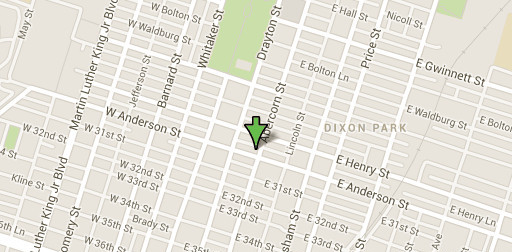Factor 1: Your Teeth
For many people, TMJ begins with the teeth. When your teeth don’t fit together properly, it puts your jaw in an uncomfortable and stressful position. Typically, this means that your jaw muscles are unable to find a restful position, and the stress in your muscles worsens every time you use your jaw. This goes beyond just chewing: your teeth come together when you swallow and other times you need to use muscles in your head and neck, meaning that every time you exercise or exert yourself, the misalignment caused by your teeth is increasing stress in the muscles.
Factor 2: Your Muscles
Your jaw muscles are central to the proper functioning of your jaw, but they can also be central to dysfunction of the jaw. Muscles can be affected by teeth that don’t fit together in the proper position, but they can also be affected by displacement of the jaw due to trauma.
Once your muscles are unable to find a proper resting position, they will work hard to achieve one. They will wear down teeth and dislocate the jaw. And they will also pass on their tension to neighboring muscles that they partner with, which is one of the ways that TMJ contributes to headaches.
Factor 3: Your Joint
The temporomandibular joint is a highly complex joint, designed to be able to move in lots of different directions. This freedom makes it vulnerable to displacement. When the jaw joint is out of position, the cartilage disc that is supposed to cushion the bones in the joint is pulled out of place. Instead of resting on the tough cartilage, the joint puts stress on the tendon that is supposed to hold the disc in place, which is not designed to withstand the pressure of the bones. This causes inflammation and jaw pain.
When the cushioning disc is out of place, it can also lead to popping in the joint, and, eventually, locking of the joint.
Factor 4: Your Lifestyle
Another factor that we can’t eliminate from this equation is how your lifestyle intersects with the physical factors. Some people clench their jaws when stressed, and if you lead a high-stress lifestyle, you may end up worsening the effects of interplay between the physical elements in your jaw.
Bad habits can also contribute to TMJ, setting off a chain of effects that can cause or worsen TMJ.
Comprehensive TMJ Treatment
In order to successfully manage TMJ, we have to tackle all the various factors to stop the progression of TMJ. This might mean a combination of full mouth reconstruction, relaxing massages for the muscles, and stress-relief techniques or other lifestyle interventions. Hopefully addressing teeth and muscle factors should put your joint back in place, because joint interventions are more invasive.
However, the only way to know what is the best treatment for your TMJ is to talk to a TMJ dentist. Please call for an appointment with a TMJ dentist in Hilton Head at Beyond Exceptional Dentistry.





